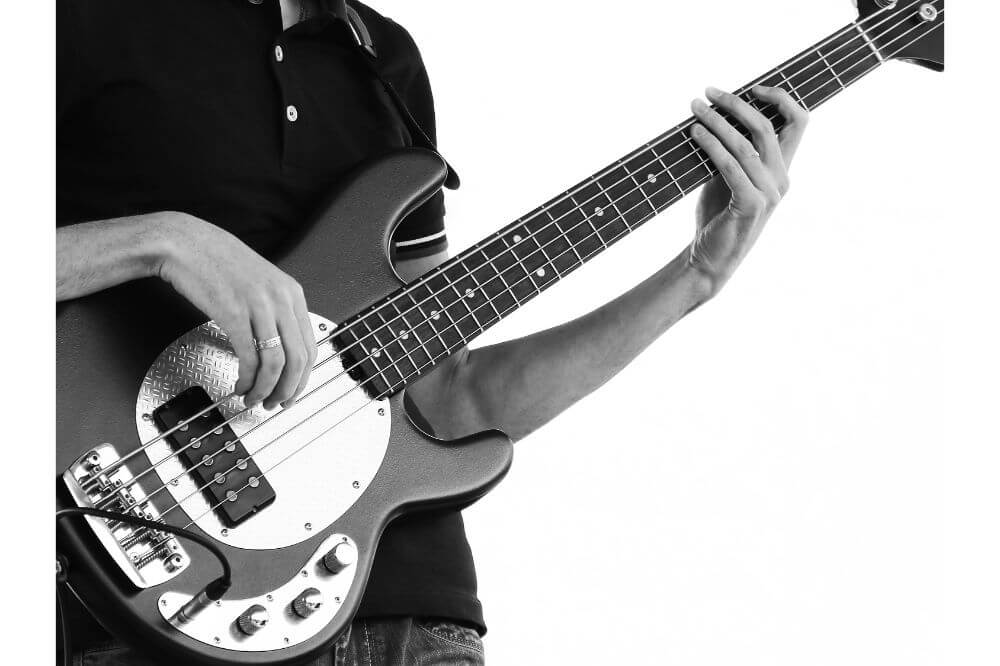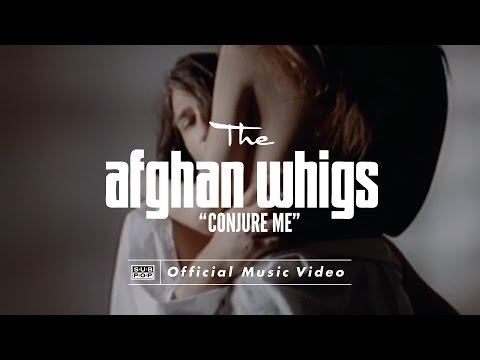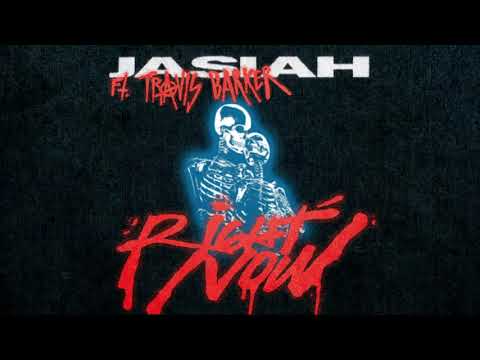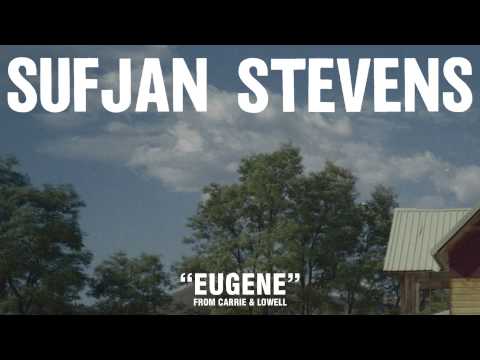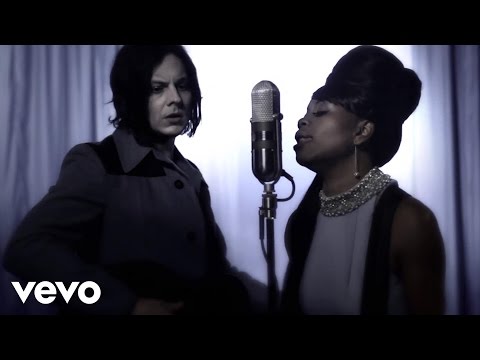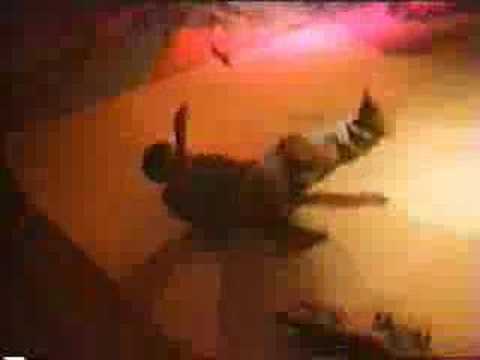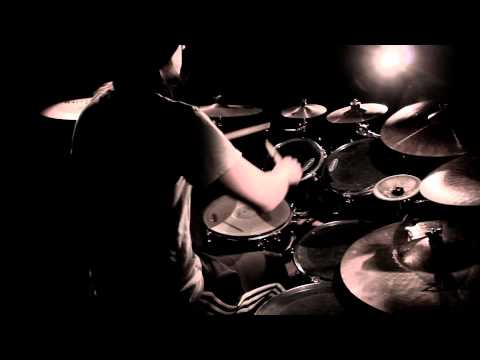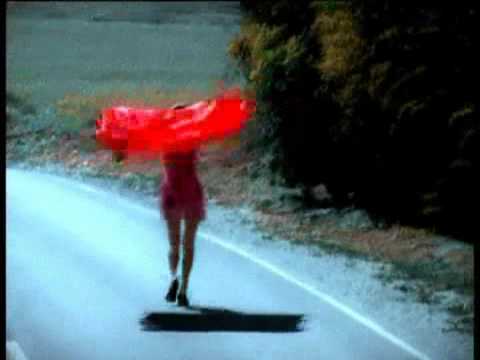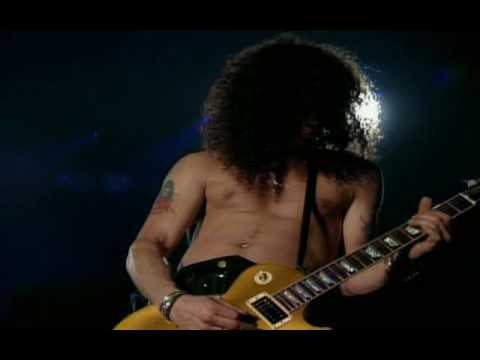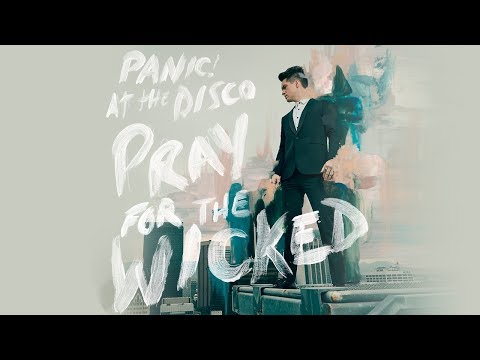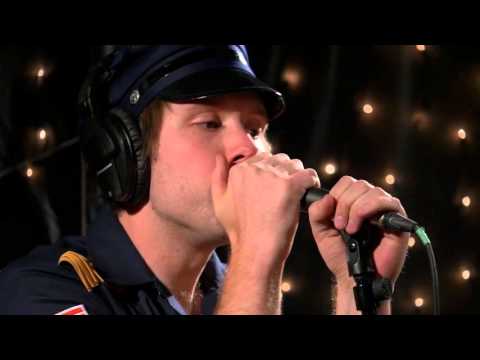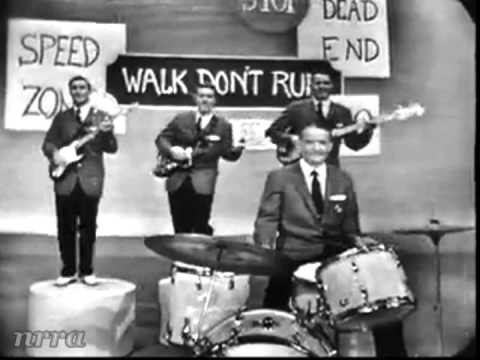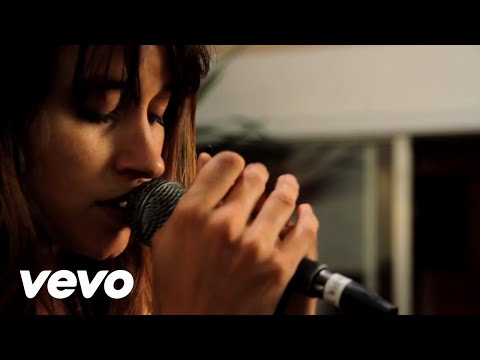One of the most important aspects of mixing is panning. When you pan a sound, you are essentially moving it from one side of the stereo field to the other. This can be a great way to create a more engaging soundscape in your mix. In this blog post, we will discuss how to pan electric guitars for a more polished and professional sound.
The benefits of panning electric guitars
When it comes to creating a rich and energizing sound, few instruments are as expressive and versatile as the electric guitar. This unique instrument can be played with a variety of different pick-ups, amps, and effects pedals, allowing musicians to create a wide range of sounds and tones depending on the style and mood they are trying to convey.
And beyond simply producing great music, electric guitars also have numerous practical benefits. For one thing, they are lightweight and highly portable, making them easy to transport to any performance or practice venue.
Furthermore, their sleek design lends itself well to genres like jazz or blues that often rely heavily on improvisation. Overall, the countless benefits of electric guitars make them an essential tool for any modern musician.
Whether playing at home or on stage in front of an audience, there is no denying that this unique instrument has the power to create truly amazing sounds.
How to pan electric guitars in your mix
There are many different techniques and approaches that you can use when trying to pan electric guitars in your mix.
One of the most important things to keep in mind is that you need to listen carefully for any imbalances or inconsistencies in the sound of your guitar tracks.
You may find, for example, that one guitar track sounds significantly brighter than another, or that there is a sudden shift in volume from one track to another. These types of issues can have a major impact on how your guitars are positioned within the overall mix, so it’s important to take them into account and adjust your panning strategy accordingly.
Once you have addressed any audio issues that may be present in your tracks, you can begin thinking about where to position the different guitars within the mix.
A good place to start is by choosing more extreme pan settings – say, maxing out each track at 100 percent left or right – and then gradually pulling them back until they sit well between the left and right speakers.
Along with using various effects like reverb and delay, this approach should allow you to effectively balance and fuse together all of your electric guitar tracks.

Tips for creating a more engaging soundscape with electric guitars
There are many ways to create a more engaging soundscape when playing electric guitars.
One of the most important is experimenting with different effects and effects pedals. Whether it’s distortion, reverb, phased tones, flangers, or other effects, an expansive palette of effects can help add new textures and sonic dynamism to your playing.
Additionally, using different amplifiers and guitar sizes can also impact the soundscape in significant ways. For example, using a smaller combo amplifier can give you a tighter focused tone that works well for rhythm parts, while using a larger stack amp with multiple speakers can open up your sound to include more dynamic range and headroom.
Finally, breaking away from standard tuning and exploring alternate or open tunings can create an entirely new range of sounds that can help give your music an extra edge. With these tips in mind, anyone can take their electric guitar soundscapes to the next level!
Examples of how to pan electric guitars in different genres
In music, panning is the placement of a sound in a stereo or multi-channel sound field. Panning refers to the distribution of a audio signal (sound). For example, if a musician plays a guitar part on the right side of their body, the sound will be panned hard right.
Conversely, if they play on the left side, the sound will be panned hard left. If they play in the middle, the sound will be centered. Panning can also be used to create special effects. For example, a guitar can be panned back and forth between two speakers to create a ‘wah wah’ effect.
Different genres of music make use of different panning techniques. For example, in rock music, it is common to pan electric guitars to the extreme left and right. This creates a ‘wall of sound’ that is full and aggressive.
In contrast, in country music, electric guitars are often panned in the middle so that they sit alongside the other instruments in the mix. This gives the guitar a more ‘twangy’ sound that helps to drive the rhythm of the song. By understanding how to pan different instruments, engineers and producers can create mixes that are both musically and emotionally impactful.
When it comes to electric guitars, there are a few different schools of thought when it comes to panning. Some guitarists and producers prefer to keep all of the guitar tracks panned hard left and right, creating a “wall of sound” that is full and aggressive.
Others prefer to pan the guitars in the middle so they sit alongside the other instruments in the mix. This gives the guitar a more “twangy” sound that helps to drive the rhythm of the song.
There is no right or wrong answer when it comes to panning, it simply comes down to what sounds best for the song.
Final thoughts
No matter what approach you take, the most important thing is to experiment and find what sounds best for your song. There is no magic formula for panning electric guitars, so don’t be afraid to try out different techniques.
With a little trial and error, you’ll be able to create mixes that are both musically and emotionally impactful.
